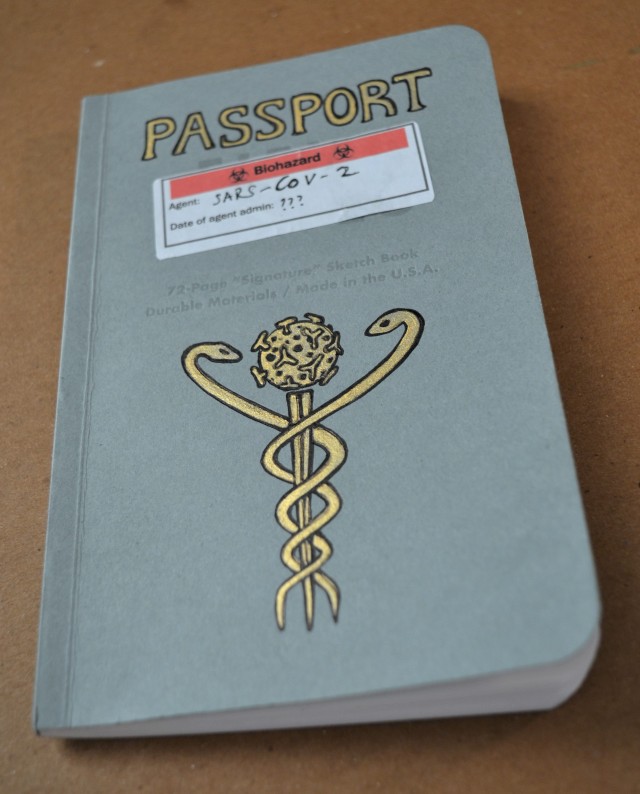
When I was in college, working my first student job as a lab animal technician, I had an idea for a story. A lone researcher, studying human diseases in rhesus macaques, had found herself their sole caretaker after a pandemic forces her community to hunker down. It was a weird idea and I never got far with it.
Maybe it was meant to be nonfiction.
3/17/20
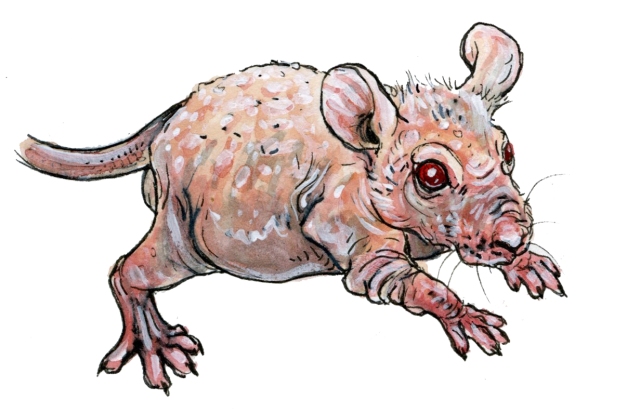
There is an opportunistic pathogen that runs rampant in mouse labs all over the country. It’s called Corynebacterium bovis, and it gives immune-deficient mice a skin rash. It’s not deadly on its own, and most animals only have mild cases. But sometimes they get so skinny and miserable the vet nurse calls for their euthanasia anyway. I have racks full of them. Itchy-scratchies, my boss calls them.
We don’t exclude it except from our highest barrier rooms. Very little effort is made by some of our labs to prevent transmission to new animals. “It only affects the immunocompromised,” they say. Like they don’t count.
My hands have developed an itchy rash from all the handwashing. I joke that I’ve contracted coryne, but never out loud, because I might be misheard.
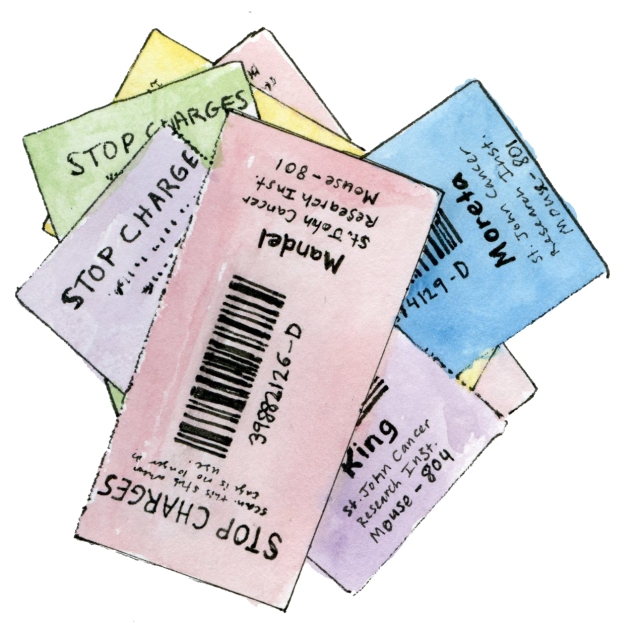
I care for the mice of some of the world’s top cancer researchers. As of yesterday, most cancer research is considered nonessential. The labs are sending one person in at a time to finish out their current projects and maintain their pared-down colonies. I’m there to keep them alive – the mice, and hopefully, the staff. I have added some new things to my daily disinfecting routine, expanding from laminar flow hoods and floors to door handles, badge readers, and break room appliances.
Like sports, concerts, and everything else, cancer research is cancelled for a while. Treatments that might have come out the pipeline a few years from now will be delayed. Some patients waiting on these cures won’t survive those extra years. They will never know they were victims of coronavirus.
When a mouse cage is removed, a barcode stub is torn off and dropped in a box in my office. At the end of a normal day, I scan fifty or so barcodes to deactivate the cage and stop per diem charges to the investigator. On monday, my stub box filled so fast I couldn’t scan them out fast enough. I spent two hours the next morning breaking down empty cages.
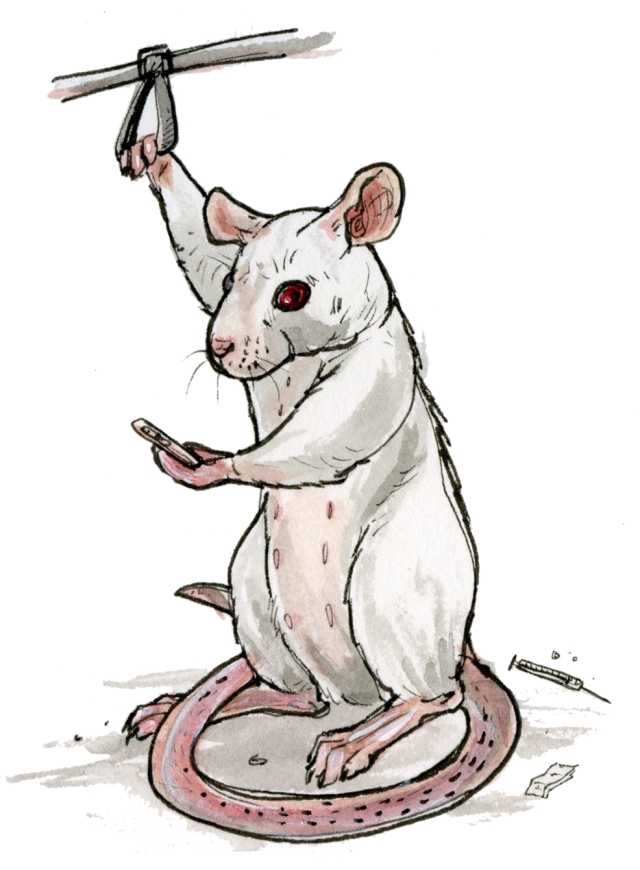
I had scheduled facility access orientation for two new lab members today. One shows up. I show her how to properly open a mouse cage in the laminar flow hood. First, spray the surface with disinfectant. Most disinfectants require a certain amount of contact time, typically ten minutes, to work. Tell your friends and family, I say.
I pull a cage out of the rack and set it down on the damp surface. The mouse is a sentinel, a coal mine canary for all the pathogens and parasites that might invade our racks. Each change cycle, she gets a sampling of dirty bedding from every mouse on her rack, then her blood is tested quarterly. The outside of the cage and hood’s surface, I explain, are dirty. The inside of the cage, the mouse, and everything it interacts with are also dirty, but a different kind. The two should never touch.
Later, in the office, I come across a box of disinfectant tablets we had pulled from a room to prepare for an inspection two weeks ago. They expired last month and we are supposed to throw them away. I take a few home, just in case.
I live with four people. We all share the kitchen, and I share a bathroom with one of them. Exposure is all but inevitable. We are all each others’ sentinels and we agreed to text the group immediately if anyone gets symptoms. Still, I wash my hands going in or out of my room, because neither my room nor the rest of the house has been soaked in disinfectant for ten minutes. Once I’m in my room, I can relax. It’s the inside of my cage.
3/18/20
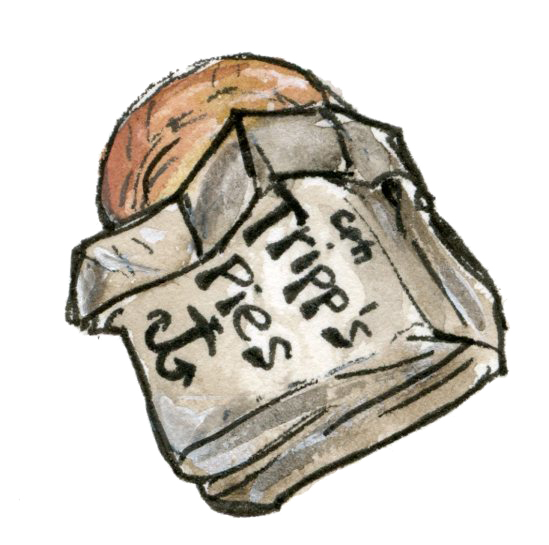
I am unsure where I will be getting my lunches. Frozen meals have been difficult to come by, and I have made my last trip to the store for hopefully a long time. I make more cereal than I can comfortably eat and force it down before heading to work.
The food trucks are locked up, but the little shops at the quad are still open. One of them sells meat pies for cheap, so I stand outside and wait for the customer inside to finish before ordering at the counter. The meat pie comes in a paper pouch and can be eaten with no utensils and no direct contact with my hands. It’s the ideal pandemic meal.
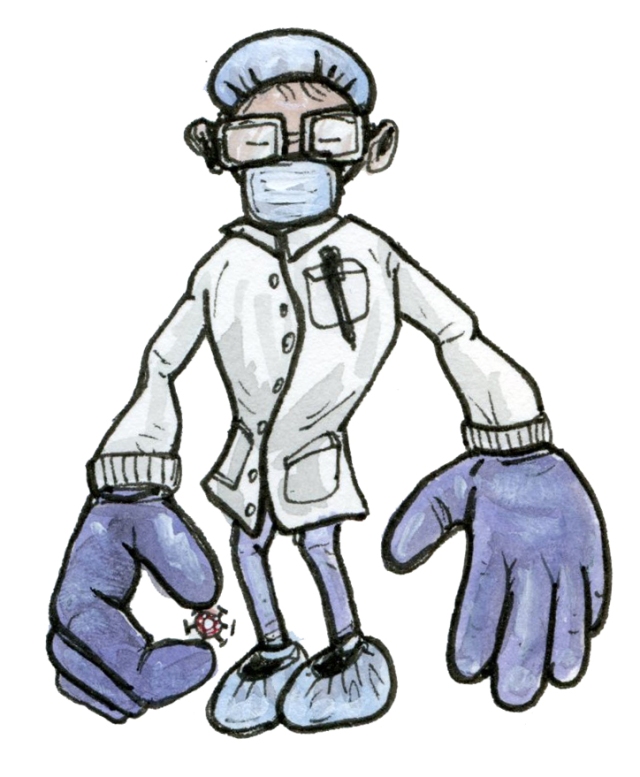
We all have two parts of our brains dedicated to self perception. They are called the motor cortex and the somatosensory cortex, and they map to each part of the body, tracking position in space and sensory input respectively. They are often illustrated symbolically with a homunculus, a distorted man-figure representing the relative importance of each body part.
I have a third homunculus that I use to track which parts of my body are clean and dirty. It’s not just a pandemic thing. It is useful to track clean and dirty in normal, everyday mouse work to avoid cross contamination. What I hadn’t realized until now is how mentally taxing it is to maintain this artificial homunculus not just in an animal room, but in every space I move through. It’s a background process that runs in my head at all times, eating up resources like that antivirus program you can’t seem to uninstall.
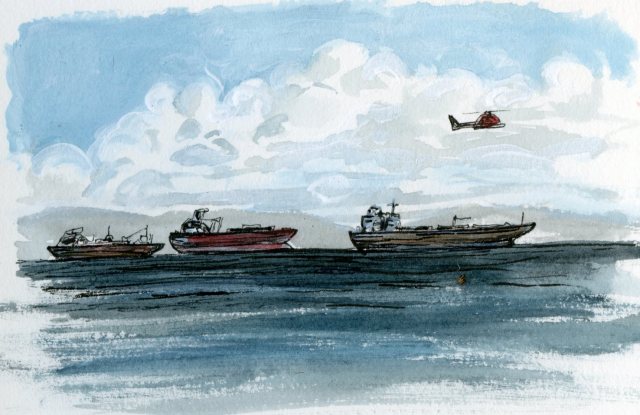
3/19/20
Imagine you are a time traveler from 2005. You don’t know how you ended up at the docks in the year 2020 but there are hardly any people despite the surge in development – a brand new basketball stadium, parking structures, restaurants, and state of the art hospital and research buildings. Hulking freighters loom over the water, empty of cargo. It’s deceptively peaceful.
You’re not sure what tipped you off. Maybe it was the cafe offering takeout only, the signs urging you to wash your hands, or the jogger giving you a wide berth as she passed by. Is this a temporary situation or is it just the way things will be? You aren’t sure and neither am I.
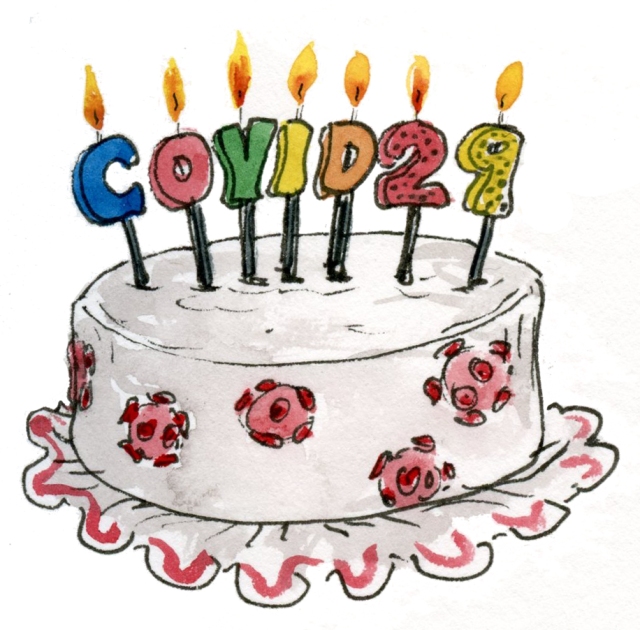
3/20/20
I turn 29 today.
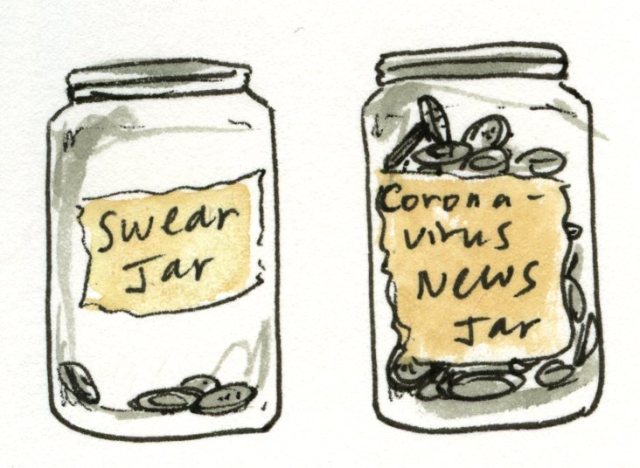
3/21/20
There are two of me right now. One of me wants to take a break from coronavirus and pretend it’s a normal weekend. Work on projects – a large clay frog, a cladogram for Ilion, dart frog patterned headphones to sell later, clean the tanks, play the piano, play a game with online friends…
The other me is writing this. I may be asymptomatic for the time being but this thing has infected my mind. I can’t walk three proverbial feet without a mention of coronavirus, be it a meme, a bit of hopeful news, an article urging my own country to take action sooner (it won’t), a family member talking about the projects they’re working on to combat boredom and fear, one of my gaming friends now unemployed…
And I don’t have the self control to click away.
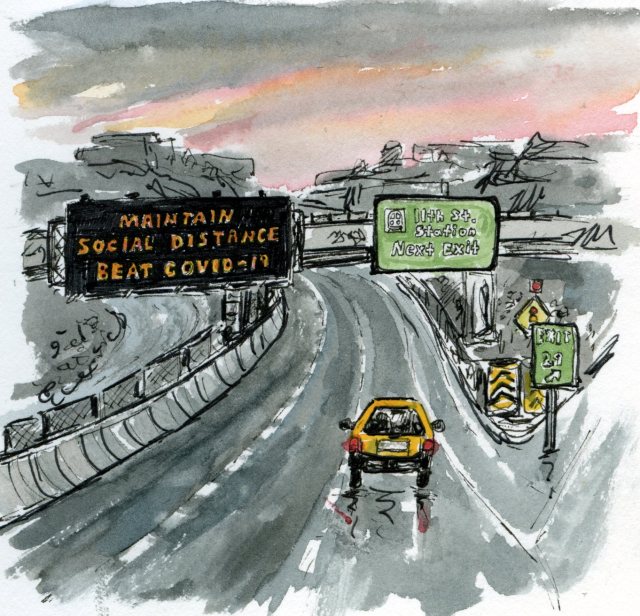
3/22/20
Agoraphobia (n) – extreme or irrational fear of entering open or crowded places, of leaving one’s own home, or of being in places from which escape is difficult.
Literally, from Greek, fear of the marketplace.
I go to the farmers market with my mom on most Saturdays. She sends a message every morning with the time she intends to leave, and if I’m awake in time and feeling up to it, I drive over. The last two weeks, I have declined, expressing surprise that not only was she still choosing to go, but that there was a market at all. Last night, I dreamt of being at the market, uncomfortable the entire time because nobody was making any effort to keep six feet from me.
It is believed that this coronavirus, and the one that came before it (the one known as SARS), originated from a market where wild animals were being farmed, slaughtered, and butchered on site. While there is nothing inherently wrong or dangerous about eating some wildlife, the unsanitary conditions these animals were held in and the poor choice of species – bats are known disease vectors – are probably to blame.
There is a third “agoraphobia” going around. Fear of the markets crashing. I’m not normally a “one worry at a time” person but I have the luxury of a relatively safe essential functions job and a paycheck. We all do what we can to manage our anxiety even if it means isolating ourselves from the things that don’t affect us and we can’t control.

3/31/20
Went shopping.
4/2/20
On my lunch break today I met this young Harris’s hawk and her falconer (at a safe distance from both). The bird was working, discouraging crows and other birds from nesting at the sports stadium and getting aggressive to eventgoers later. Assuming there are events to go to later.
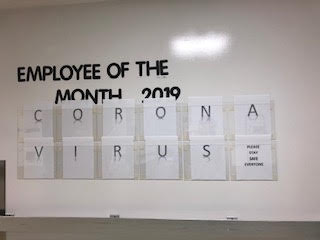
4/8/20
My boss replaced the employee of the month placards with CORONAVIRUS lettering, presumable to “remind people to be safe.” As if it wasn’t already on anyone’s mind. I thought it was silly, until someone printed an article about a scientist at our institution who is working on a faster COVID-19 test. We passed it around, felt a little better about being at work when Stay Home, Stay Safe had been pushed down our throats (mask and all) the whole month, and slipped it in the first sleeve, blocking the letter C.
We are a cancer lab. It’s not exactly where you would expect a coronavirus candidate drug to emerge, so I was surprised to find a mention of one of my investigators in another article. His drug, which is in clinical trials for cancer, targets the same protein production pathways that the virus exploits. This week, our vet approved his order for mice – the first vendor shipment to our building in weeks. This article blocked out the O.
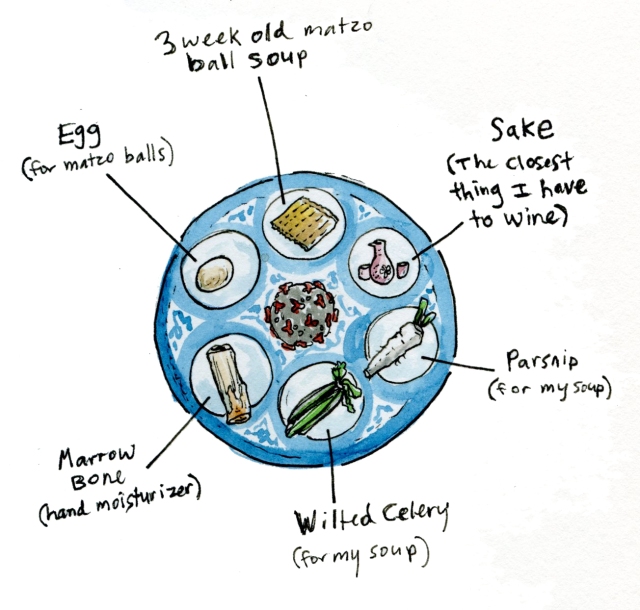
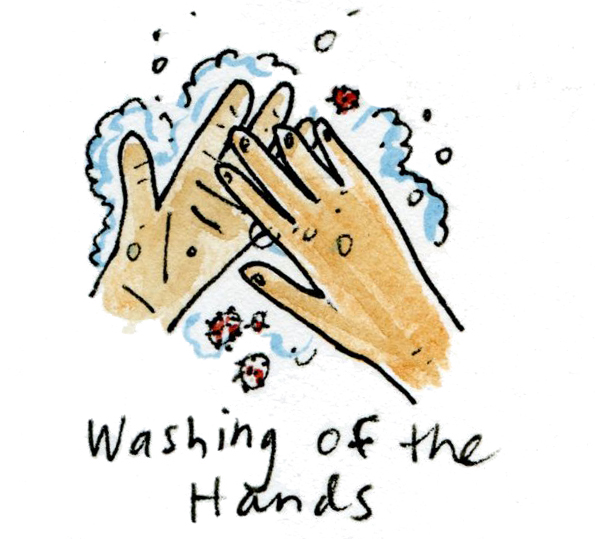
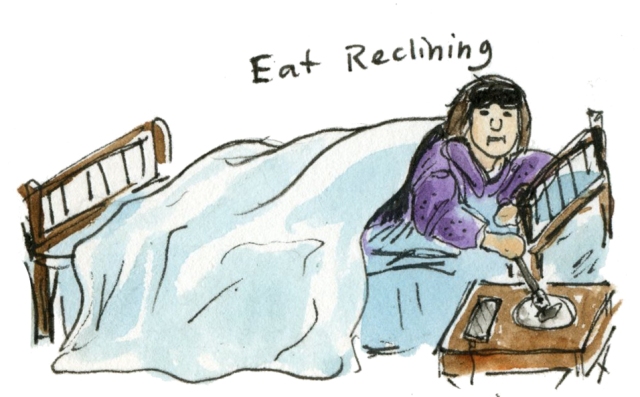
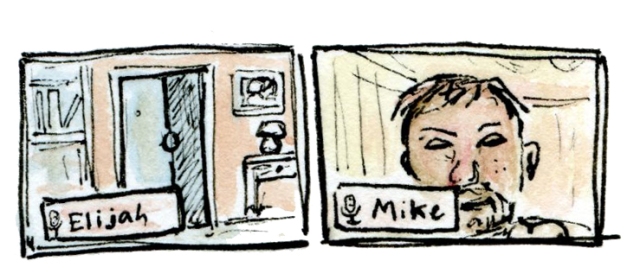
Passover begins this week. While I never had a religious bone in my body, I always appreciated one of the themes – making do with what you have in times of crisis. Some Jews throw away non-kosher foods to prepare for a week without leavened bread and, by extension, most grain products. We never did that (we’re Reform), and this year feels like an inappropriate time to waste food. While I telecommute my seder with my sisters and parents, nibbling on whatever I can whip up from my dwindling food stocks, the real Passover is happening in labs and hospitals around the world. The cancer drug is one of hundreds of existing drugs being repurposed to fight coronavirus, or as it is now called on our employee of the month display, Rona. Among these are therapies originally intended to treat protozoans, parasitic worms, and altitude sickness. It’s the unleavened bread of the modern world.
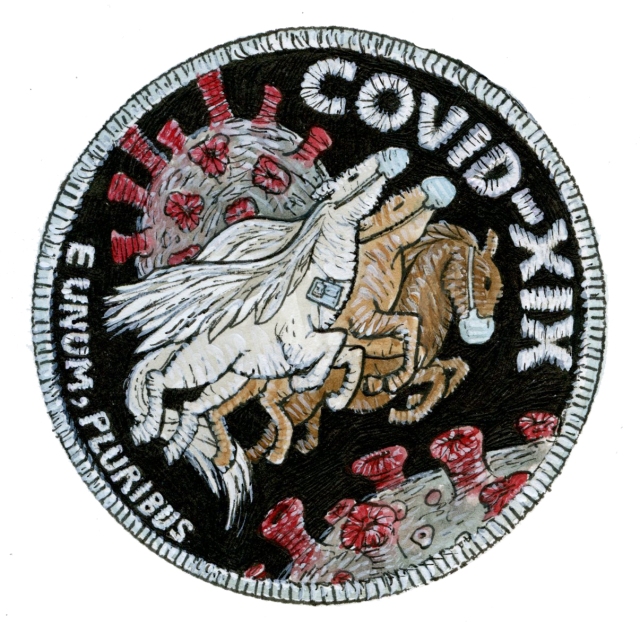
4/16/20
Out of one case, many cases. Out of one problem, many solutions.
This year marks the 50th anniversary of Apollo 13.
When I read about the world’s people coming together to put their skills to use – sewing, 3D printing, product design, programming, benchwork – to fight a global crisis, I can’t help but see the similiarities.


